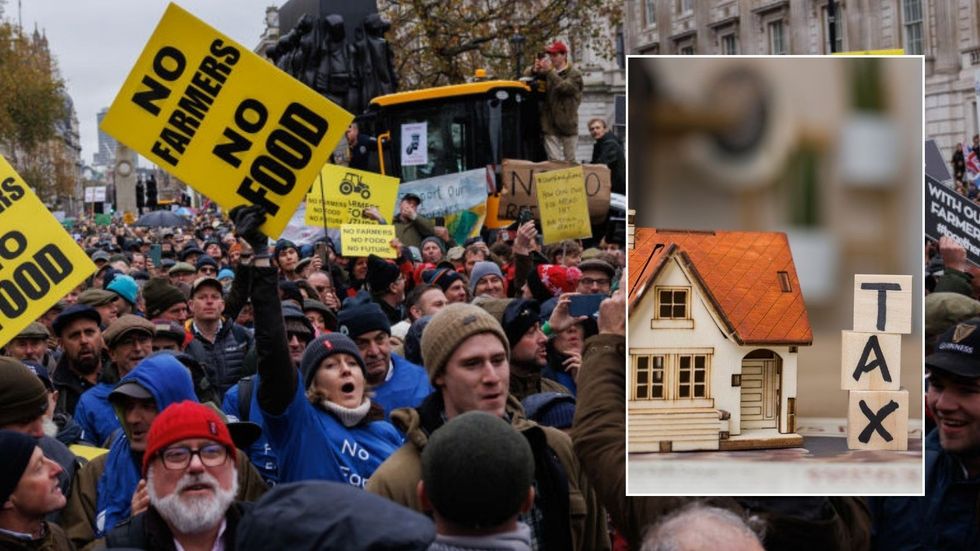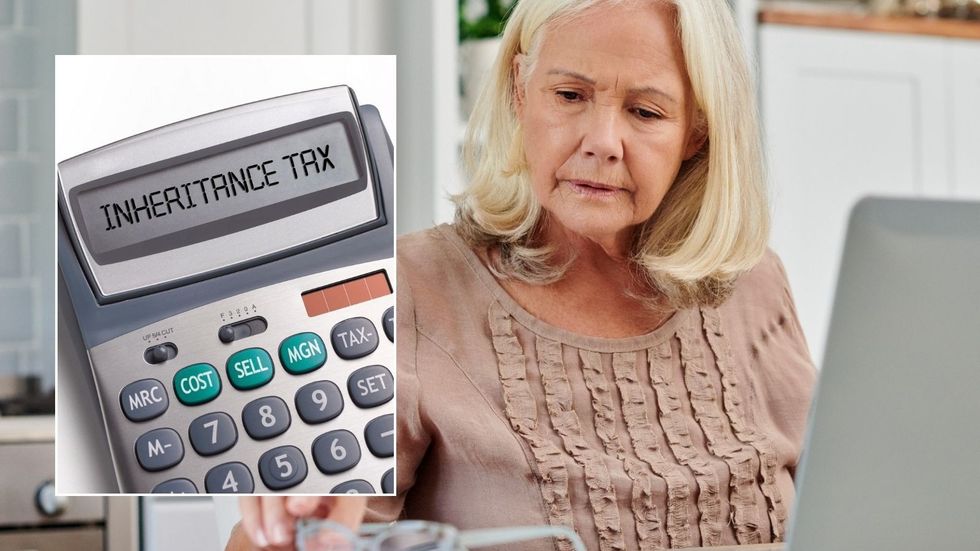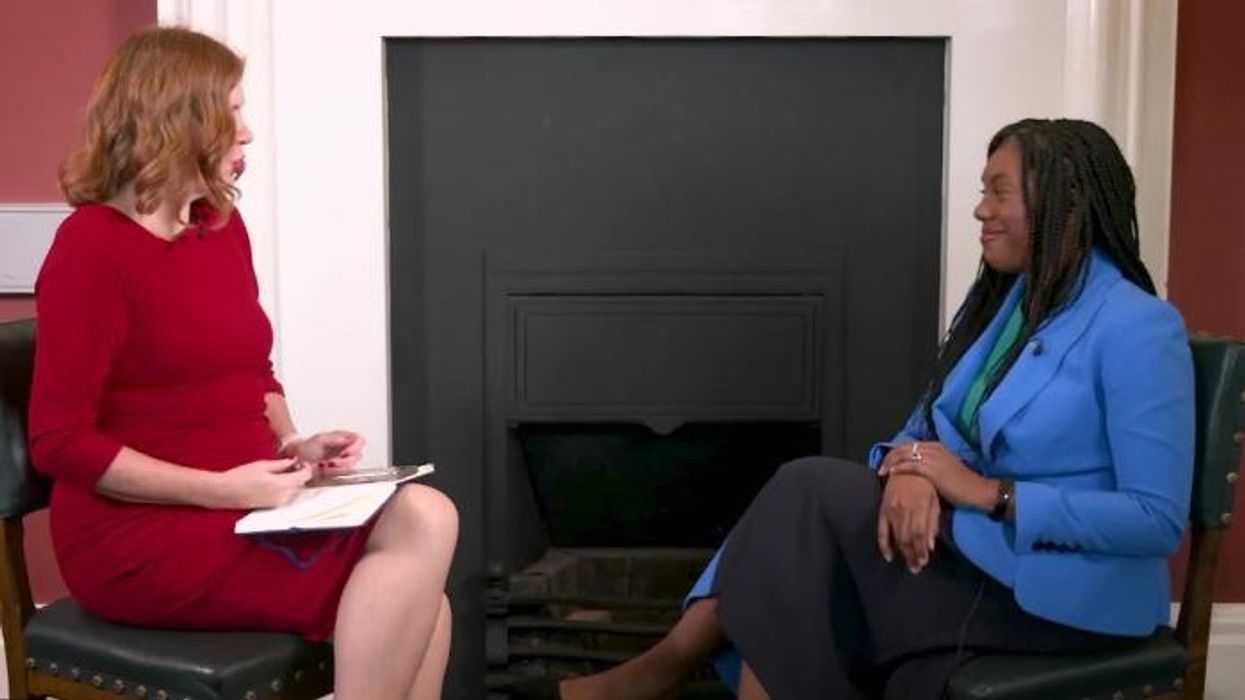Inheritance tax raid on farmers explained: Who is affected and how much will they pay?

The Chancellor confirmed sweeping changes in her Autumn Budget but why are famers upset over the tax reforms?
Don't Miss
Most Read
Latest
Farmers across Britain are grappling with significant changes to inheritance tax rules following the recent Autumn Budget announcement from Chancellor Rachel Reeves.
But, how are farmers being impacted by the tax reforms and why has the HM Revenue and Customs (HMRC) overhaul sparked protests outside Westminster?
What are the inheritance tax reforms?
Under the new plans, farm inheritance tax relief will be capped at £1million, with assets above this threshold being taxed at 20 per cent.
The changes affect both agricultural land and associated business assets that farmers have historically been able to pass on tax-free to the next generation.
For single farm owners, the Treasury states they can pass on up to £1.5 million tax-free, combining the new £1 million farm allowance with normal tax exemptions worth up to £500,000.
Married couples will be able to pass on up to £3 million tax-free to children or grandchildren, according to Treasury guidance.
Do you have a money story you’d like to share? Get in touch by emailing money@gbnews.uk.

Farmers have taken to the streets over Rachel Reeves's tax overhaul
|GETTY
How does this compare to previous inheritance tax rules?
Inheritance tax typically applies to assets worth more than £325,000, or £500,000 if a family home is being passed on.
However, farms have historically enjoyed almost complete exemption from inheritance tax through two key policies: Agricultural Property Relief (APR) and Business Property Relief (BPR).
These reliefs have allowed farm owners to pass on both their farmland and associated business assets completely tax-free to the next generation.
This has been particularly valuable for diversified farms that run additional businesses like B&Bs alongside their farming activities, as they could use both reliefs without any upper limit.
Here is an example of an average farm in England worth £2.2million, based on Defra figures:
For a single owner, after the £1.5million tax-free allowance, £700,000 would be subject to the new 20 per cent tax rate. This would result in a £140,000 tax bill, payable in interest-free instalments over ten years at £14,000 annually.
This arrangement is more favourable than for non-farmers, who face a 40 per cent tax rate and 7 per cent interest on instalments. For married couples with the same £2.2 million farm, no inheritance tax would be payable, as their combined £3 million tax-free allowance would cover the full value.
The Treasury's data from 2022 shows that fewer than a quarter of combined APR and BPR claims exceeded £1.5 million. The scale of impact from these changes is disputed, with stark differences between government and industry estimates.
According to the Treasury, around 500 farms per year - approximately a quarter of all farms - will be affected by the new inheritance tax rules.
However, the Country Land and Business Association (CLA) presents a broader picture, estimating 70,000 farms could eventually be impacted - about a third of all UK farms.
The difference stems from how the figures are calculated: the Treasury focuses on annual impact, while the CLA considers the total number of farms that could be affected over time.
LATEST DEVELOPMENTS:

Farmers are concerned over the proposed inheritance tax changes
|GETTY
Farming groups argue the Treasury's estimates may be too low, particularly when considering diversified farms that rely on both agricultural and business relief.
However, Treasury data from 2022 appears to support their original estimate, showing that even when both reliefs are considered, only around a quarter of claims exceeded the new threshold.
The ability of farms to pay these new tax bills has emerged as a significant concern, particularly for high-value farms with low profits. Defra data reveals that 30 per cent of farms made a loss last year, while another 25 per cent earned less than £25,000.
For farms in this position, an annual £14,000 tax bill could prove challenging to meet, even with the ten-year payment plan. The options for struggling farms would be to take on debt or sell part of their land to pay the tax.











